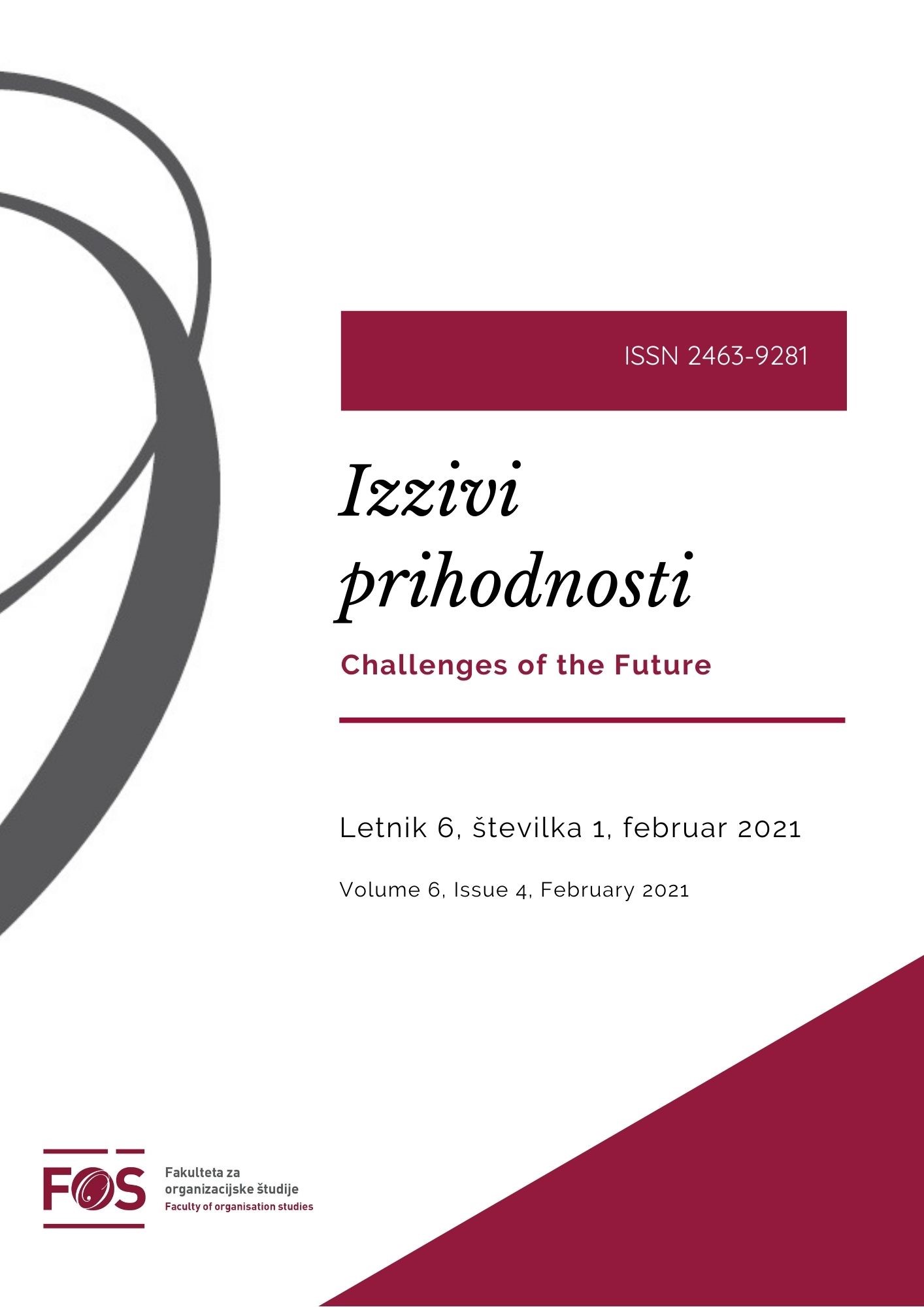Technology Diffusion as Therapeutic Prescription for Improved Performance in the Ailing Nigerian Insurance Industry
Ključne besede:
diffusion, competition, artificial intelligence, strategy, technologyPovzetek
Purpose and Originality: The study aims to appraise how technology diffusion can improve the performance of the insurance companies in Nigeria. The originality of the research stems from the inclusion of artificial intelligence as a distinct technology that is relatively unknown in the Nigerian insurance industry.
Method: A cross-sectional survey strategy was adopted, and questionnaires were administered to 235 respondents. Data were analysed using multiple regression analysis. The theoretical underpinning was The Diffusion of Technology Theory.
Results: The two predictor variables (artificial intelligence and other information technology infrastructure) have a positive and significant relationship with improved performance of the insurance industry in Nigeria (R =.17; p<.05). However, the amount of variation in the dependent variable explained by the two predictor variables (R2 =.0028) was relatively low which is an indication that the insurance industry in Nigeria has not embraced artificial intelligence and even the adoption of other forms of technology is very low.
Society: The impact of this research on the Nigerian society is that if the insurance industry improves its performance, it can render its risk mitigation function better by hedging risks associated with business ventures which can encourage more entrepreneurs to venture into business. With this, more employment will be generated and contribution to GDP and government tax revenues will increase. In addition, a prosperous insurance industry will be able to carry out more functions of corporate social responsibility.
Limitations / further research: This research is not without some limitations and as such, the findings should be interpreted with some caution because the data was obtained at a single point even though common error bias was minimised. We suggest that a longitudinal design or a different method of data analysis might yield a more robust result.
Dodatne datoteke
Objavljeno
Kako citirati
Številka
Rubrike
Licenca

To delo je licencirano pod Creative Commons Priznanje avtorstva-Deljenje pod enakimi 4.0 mednarodno licenco.
![]()








